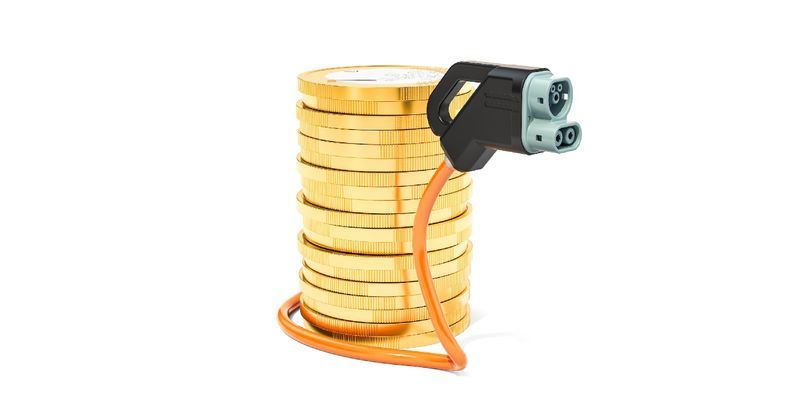Stablecoins: How They Kickstarted the Digital Finance Revolution in NZ and Beyond

Forget Bitcoin – Stablecoins Were the Real Game Changer.
When the world of blockchain was still finding its feet, a crucial need emerged: a digital version of everyday money. Enter stablecoins – the first widely adopted tokenized assets, and arguably the unsung heroes of the digital finance revolution. Born out of necessity, they filled a critical gap, paving the way for the sophisticated DeFi ecosystem we see today.
The Problem: Blockchains Needed a Reliable Foundation
Early blockchains, while groundbreaking, lacked a stable store of value. Bitcoin, for example, was notoriously volatile, making it impractical for everyday transactions. Imagine trying to buy your morning flat white with a cryptocurrency that could swing wildly in price! Businesses and individuals needed something more predictable and reliable – a digital equivalent of the New Zealand dollar (NZD) or the US dollar (USD).
Enter Stablecoins: Bridging the Gap
Stablecoins were the ingenious solution. These tokens are designed to maintain a stable value, typically pegged to a fiat currency (like the NZD or USD), a commodity (like gold), or even another cryptocurrency. This stability provides the bedrock for a more functional and accessible blockchain economy.
How Do They Work? Different Approaches to Stability
There are several ways stablecoins achieve their stability:
- Fiat-Collateralized: These are backed by reserves of fiat currency held in custody. For every stablecoin in circulation, there's a corresponding NZD or USD held in a bank account.
- Crypto-Collateralized: These are backed by other cryptocurrencies, often over-collateralized to account for price fluctuations.
- Algorithmic Stablecoins: These use algorithms and smart contracts to maintain a stable price, adjusting the supply based on demand. (These are generally considered riskier and require careful monitoring.)
Why Stablecoins Matter for New Zealand & the Future of Finance
The rise of stablecoins has profound implications, particularly for New Zealand:
- Faster and Cheaper Transactions: Stablecoins can facilitate faster and cheaper cross-border payments, benefiting New Zealand businesses engaging in international trade.
- Access to Financial Services: They can provide access to financial services for those who are unbanked or underbanked.
- Innovation in DeFi: Stablecoins are the lifeblood of Decentralized Finance (DeFi), enabling lending, borrowing, and trading without traditional intermediaries.
- Potential for NZD-Pegged Stablecoins: A New Zealand dollar-pegged stablecoin could streamline domestic transactions and facilitate integration with global digital economies.
The Road Ahead: Regulation and Adoption
While stablecoins offer immense potential, they also present regulatory challenges. Governments worldwide, including New Zealand, are grappling with how to regulate these assets to protect consumers and maintain financial stability. As adoption grows and regulatory frameworks become clearer, stablecoins are poised to play an even more significant role in the future of finance, transforming how we interact with money and the digital world. Keep an eye on this space – it's only just getting started!
Are stablecoins the future of money? Let us know your thoughts in the comments below!






